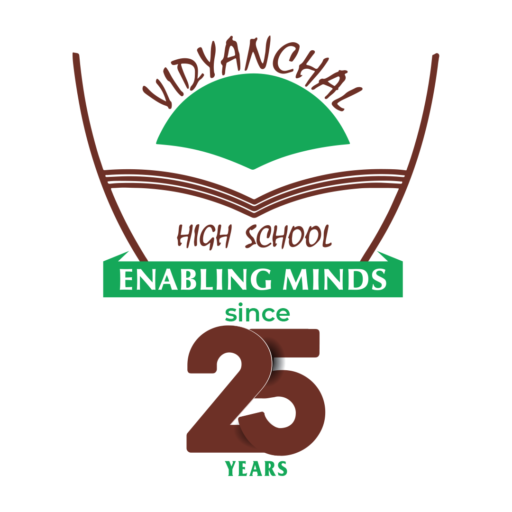Importance of Creativity And Innovation in Academics
Often schools and parents who wish their child to excel in academics neglect the importance of encouraging creativity, innovation and out of the box thinking. Unfortunately, our education system still prioritises good grades above all else. This means that children are pushed towards spending all their time getting the theory of any topic perfect, especially through memorisation. When children are pressured in such a way, there is very little space that remains to nurture their creativity.
For holistic development of a child, it is therefore essential that creativity and innovation are made an integral part of academic work and they are encouraged to think outside convention even when studying theoretical topics. Here are some key benefits of encouraging such creativity in academics:
Better cognition
Encouraging children to be creative in their schoolwork will aid in their holistic development. Including activities in the classroom that push students to think outside the box and find innovative solutions hone their cognitive abilities. Their memories and recall becomes sharper, their logical reasoning, thinking and problem solving as well as verbal skills become much more advanced. With regular use of creative assignments in class, students soon show much more initiative, presence of mind and sharpness in their work.
Reduced anxiety
Use of creativity in school work takes some pressure off the students. It encourages them to follow their interests and think for themselves rather than simply memorise theory. Similarly, focusing on innovation can teach them that good grades are not everything, and that real learning also lies in application of ideas in real life. All of this helps reduce stress and anxiety in children regarding their school work. A reduction in stress will in turn have a positive effect on their performance in school, thus benefiting them all around.
Emotional wellbeing
One of the benefits of including creativity and innovation in academics, is that it gives the students a chance to express themselves. In the general curriculum, all students must study in the same way, and so individuality often gets erased. However, when students are asked to complete creative assignments, they can tap into their inner interests and emotions and express themselves fully. This sort of expression and individual freedom can be very liberating for children and can help them stabilise their emotional wellbeing.
Learning made fun
Letting students put their own twist on academics, and letting out their individuality in school work naturally makes learning much more enjoyable for students. Creative assignments are often collaborative, giving them a chance to spend time with their peers. Furthermore, since they are free to express themselves and their interests, they would be much more motivated and enthusiastic to undertake any academic work and have fun with it.
Increased problem solving
Encouraging children to be innovative and inventive is bound to help them increase their problem solving skills. This is because creative academics pushes them out of their regular comfort zones and asks them to think deeper and find solutions that are not common. This means they have to analyse the task from every angle, be analytical and become better at logic, reasoning and problem solving.
Better communication
Creativity has a lot to do with inner expression. Through creative academic work, students are able to express their thoughts, opinions, emotions and interests in class and this opens the door to healthy communication. Furthermore, a lot of times, such innovation is a collaborative process, meaning that they also get to work on their social skills and interpersonal relationships.
At Vidyanchal High School, we strive to imbibe the spirit of innovation and out-of-the-box thinking in our students. We encourage them to apply themselves fully, be creative and express their individuality at every opportunity, even in class and in academics. VHS prides itself in including creative and innovative exercises in the curriculum to ensure the holistic development of each and every child.
